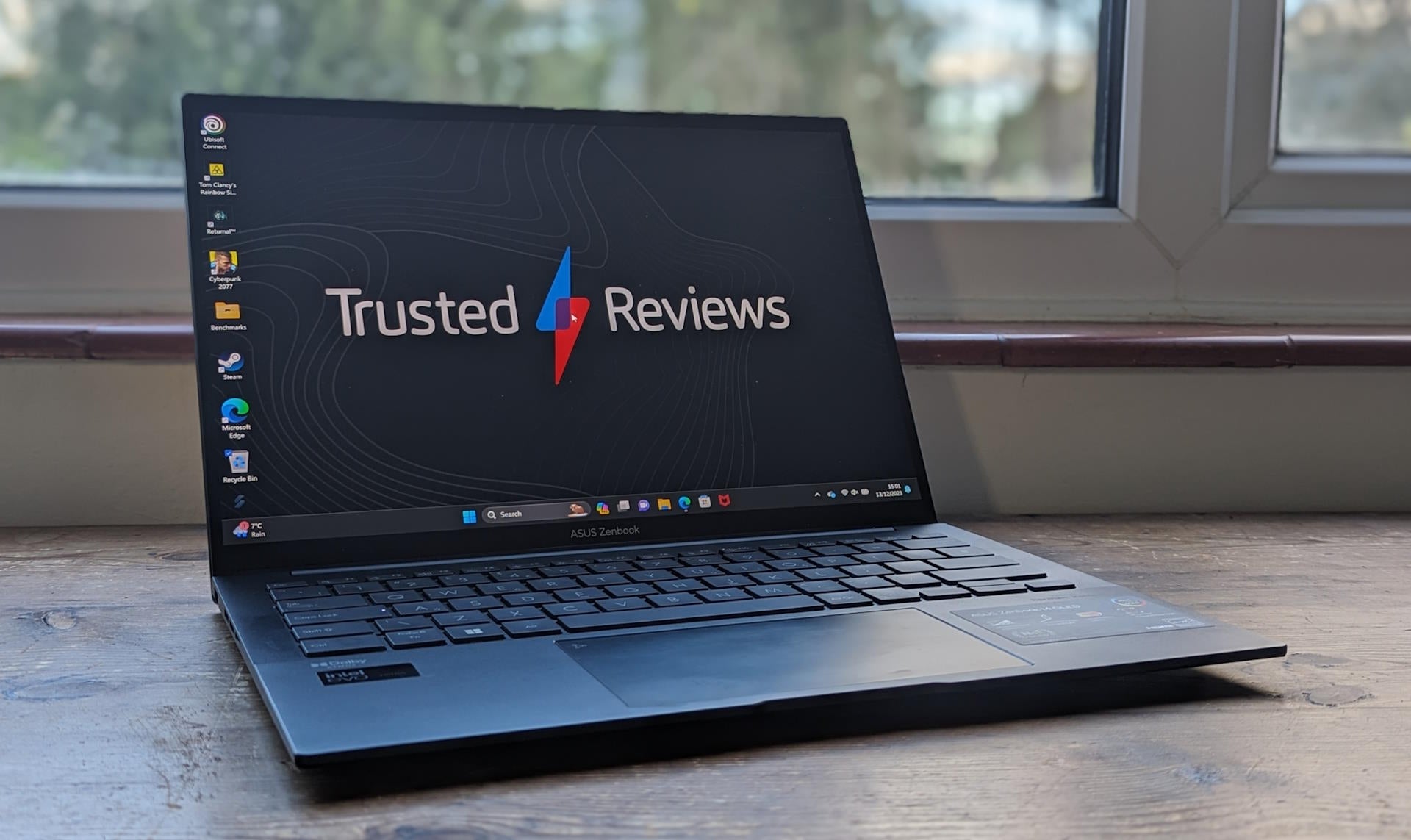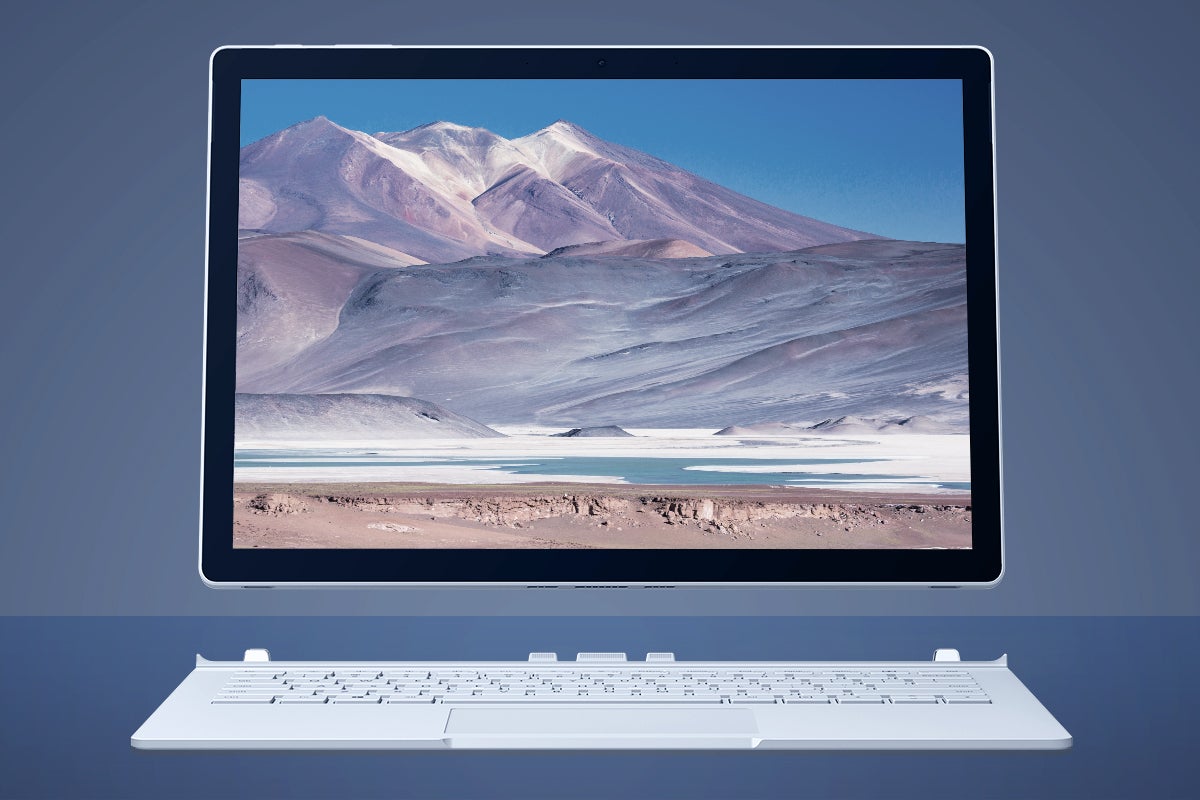Ctrl+Alt+Delete: Microsoft needs to add Thunderbolt to new Surface laptops
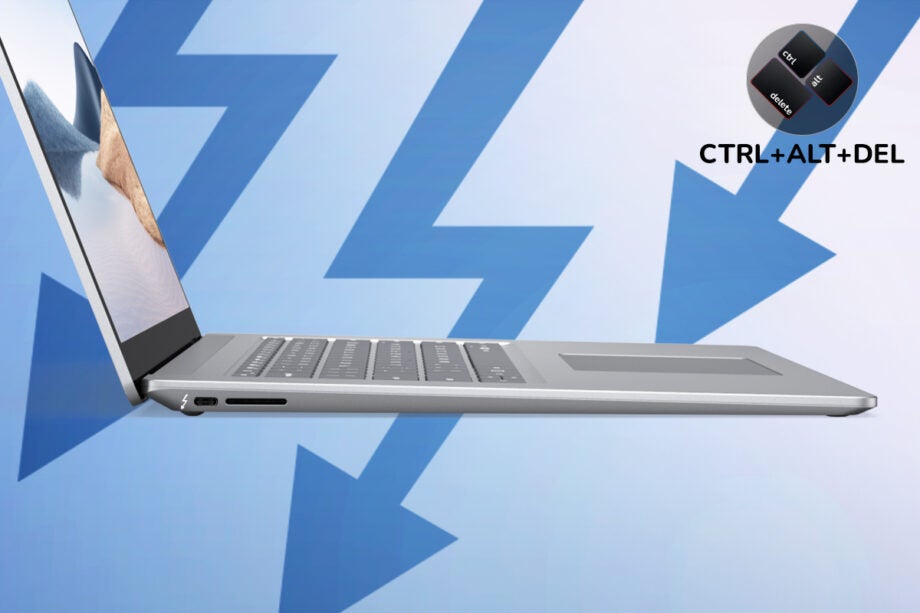
OPINION: If you’ve purchased a Surface laptop in the last few years, you’ve probably noticed a rather large omission: there’s no Thunderbolt.
For those unaware, Thunderbolt is a port solution that looks identical to the oval USB-C connection, but has a number of added benefits. Not only does the current generation Thunderbolt 4 standard get double the speed for data transfers compared to standard USB-C, it also allows you to hook up additional external monitors and expansion docks.
Almost every single laptop manufacturer has adopted this technology, with the likes of Acer, Asus, Dell, Lenovo and even Apple pledging support. And then there’s Microsoft, which is still stubbornly refusing to use Thunderbolt on any of its Surface laptops.
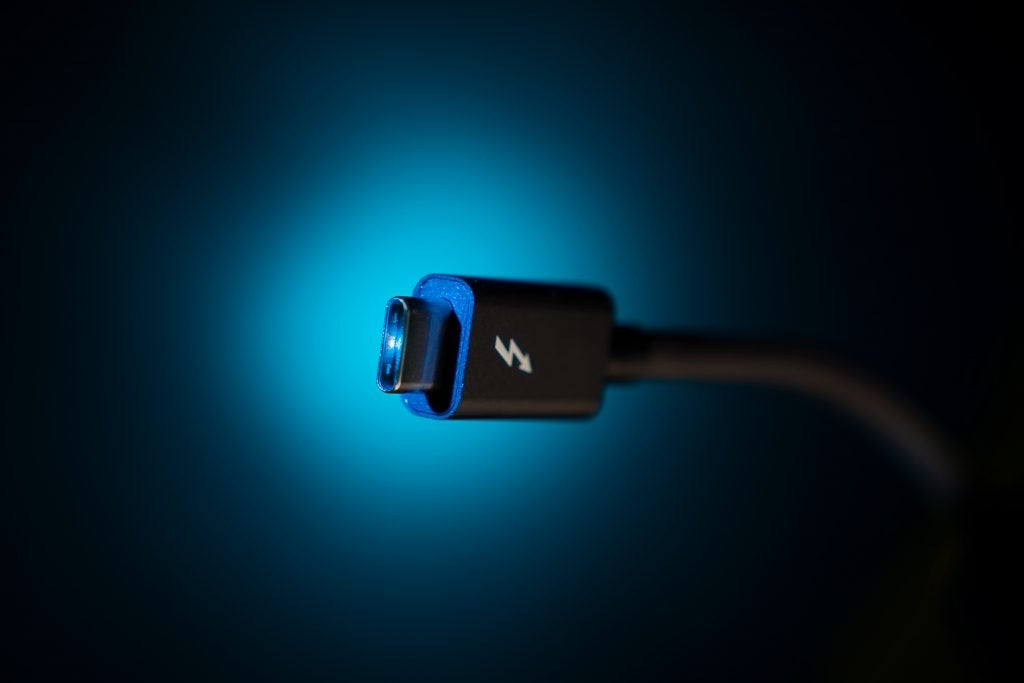
What’s the reason for this? A leaked engineering webinar (as reported by The Verge) indicates that Microsoft refuses to use Thunderbolt because it’s a security risk.
“No Surface device has Thunderbolt. Why not? Because that’s a direct memory access port,” a Microsoft employee reportedly explained. “If you have a well prepared stick that you can put into the direct memory access port, then you can access the full device in memory and all data that’s stored in memory. We don’t believe, at this moment, that Thunderbolt can deliver the security that’s really needed from the devices.”
However, Intel responded to this by releasing Thunderbolt 4, which features ‘VT-d based DMA protection’ that supposedly helps to prevent security threats by remapping requests from external devices and checking for proper permissions.
I’m not really in a position to say whether that’s effective enough, but with major laptop manufacturers continuing to support Thunderbolt (including the privacy-conscious Apple) then I’m inclined to assume the security is pretty tight. Yet despite the launch of Thunderbolt 4, Microsoft is still yet to launch a laptop that supports it.
I suspect that Microsoft has an ulterior motive, as it likely wants users to be dependent on the proprietary Surface Connect port. Anyone who has owned a Surface laptop should know this is the magnetic port solution that is not only used to charge the device, but can also be used to connect up to other Microsoft accessories such as the Surface Dock 2 which costs a whopping £259.99.
There’s nothing stopping Microsoft supporting both its own Connector port and Thunderbolt 4 simultaneously, but since the latter has far better speeds and functionality there would be less of an incentive to buy Microsoft’s own branded accessories.
We don’t know if this really is the reason behind Microsoft’s refusal to use Thunderbolt, but if accurate it would be anti-consumer behaviour. You could even argue that it’s bad for the environment, similar to how Apple’s insistence on using the Lightning connector cable – as opposed to adopting the universal USB-C – could be generating lots of needless electronic waste.
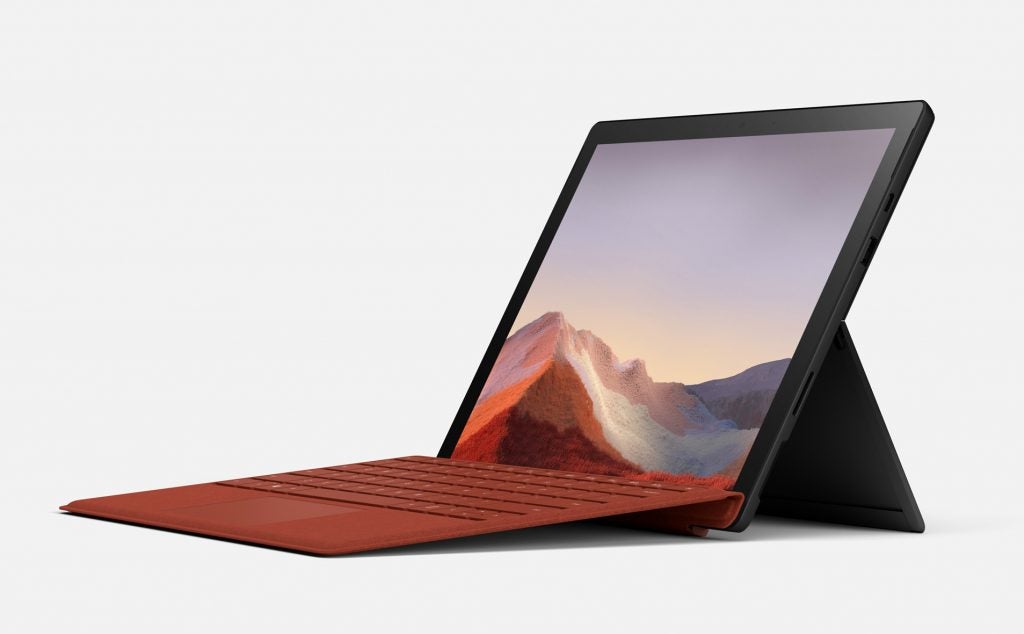
The good news is that The Verge is suggesting Microsoft will finally announce Thunderbolt support for the Surface Pro 8 during its upcoming event on 22 September. Such an inclusion would immediately address one of my major criticisms for modern-day Surface computers, so I’m really hoping this report is accurate.
And if Microsoft continues to snub Thunderbolt? Well I don’t believe such an omission would be a deal breaker, but it’s still a needless flaw that will give the likes of Apple, Dell and Lenovo a major advantage. Come on Microsoft, sort it out.
Ctrl+Alt+Delete is our weekly computing-focussed opinion column where we delve deeper into the world of computers, laptops, components, peripherals and more. Find it on Trusted Reviews every Saturday afternoon.


